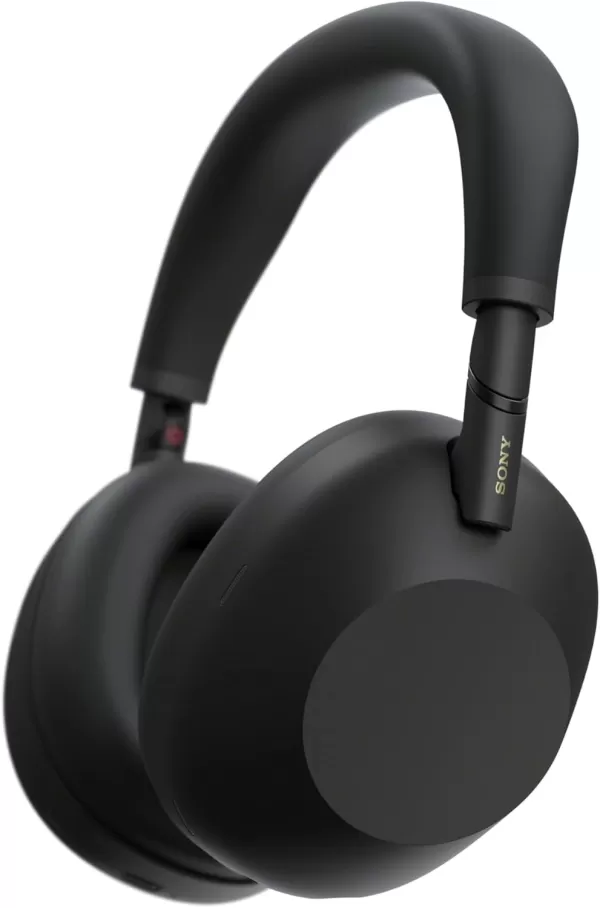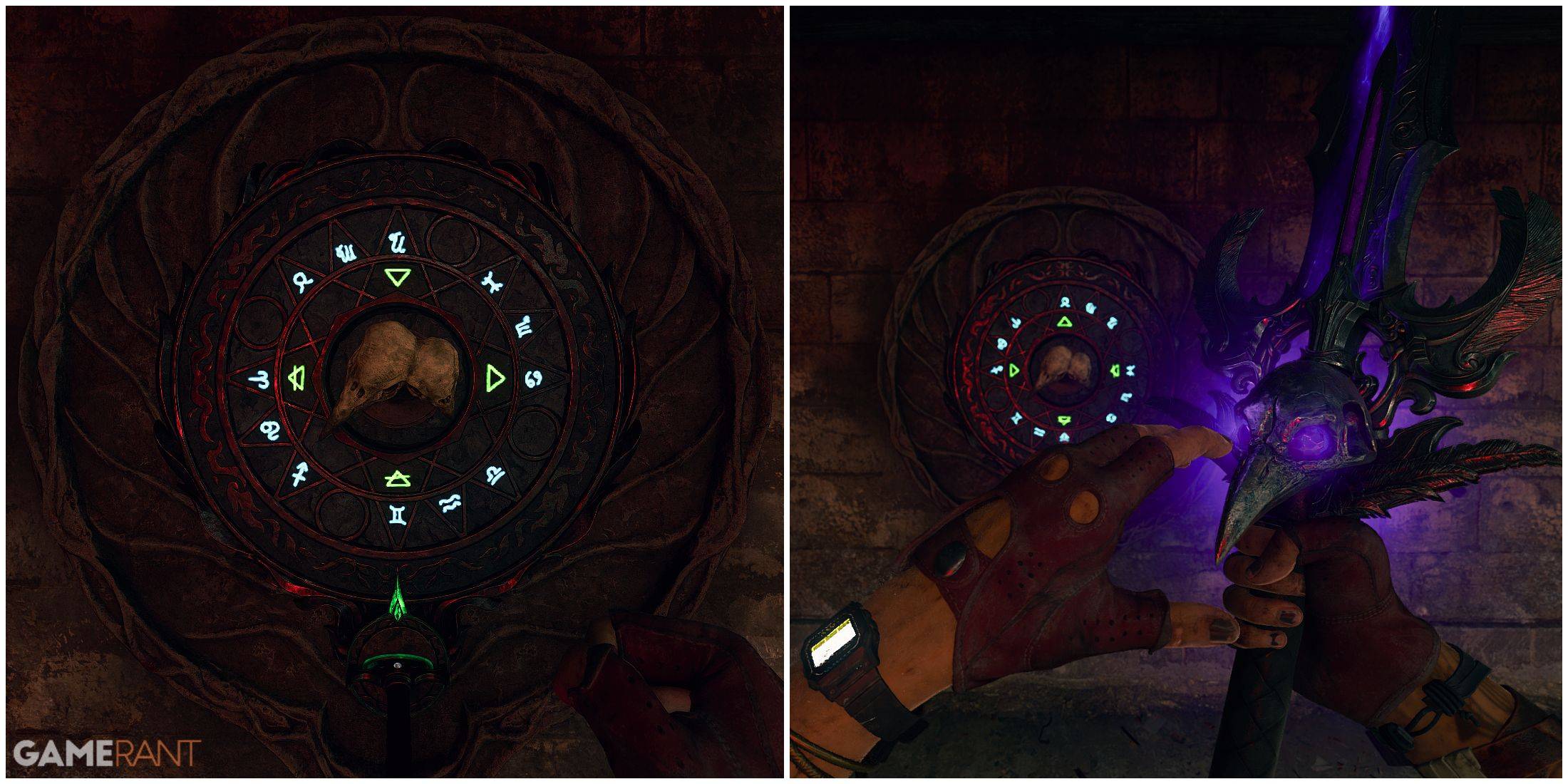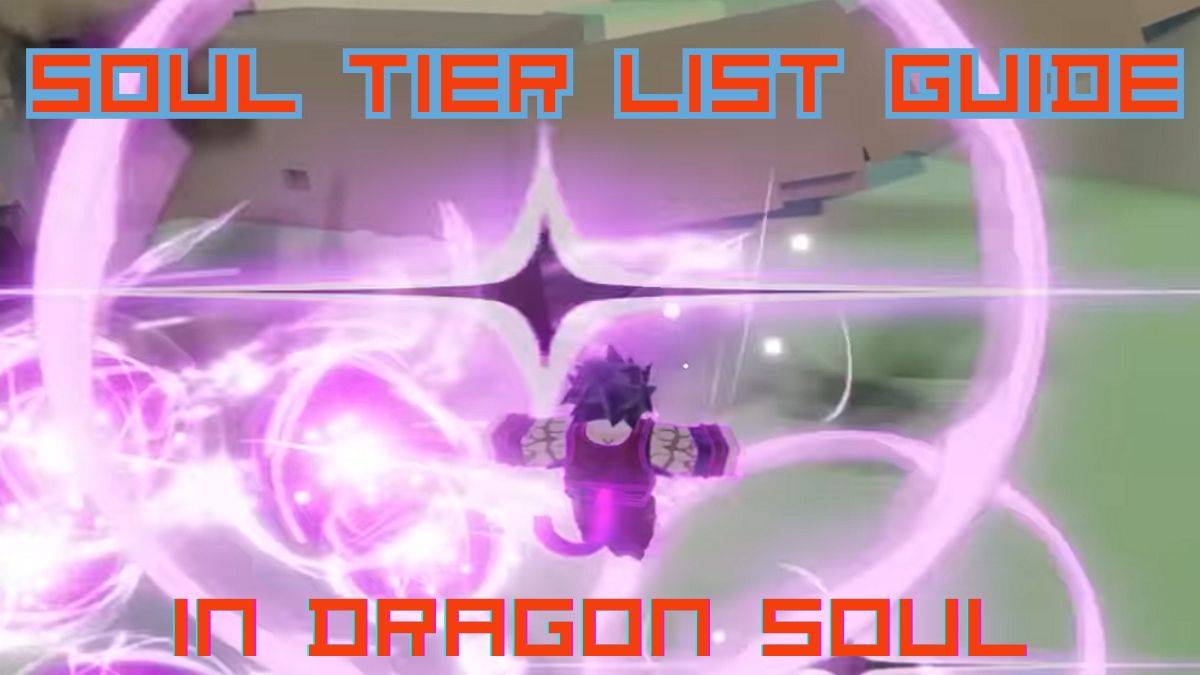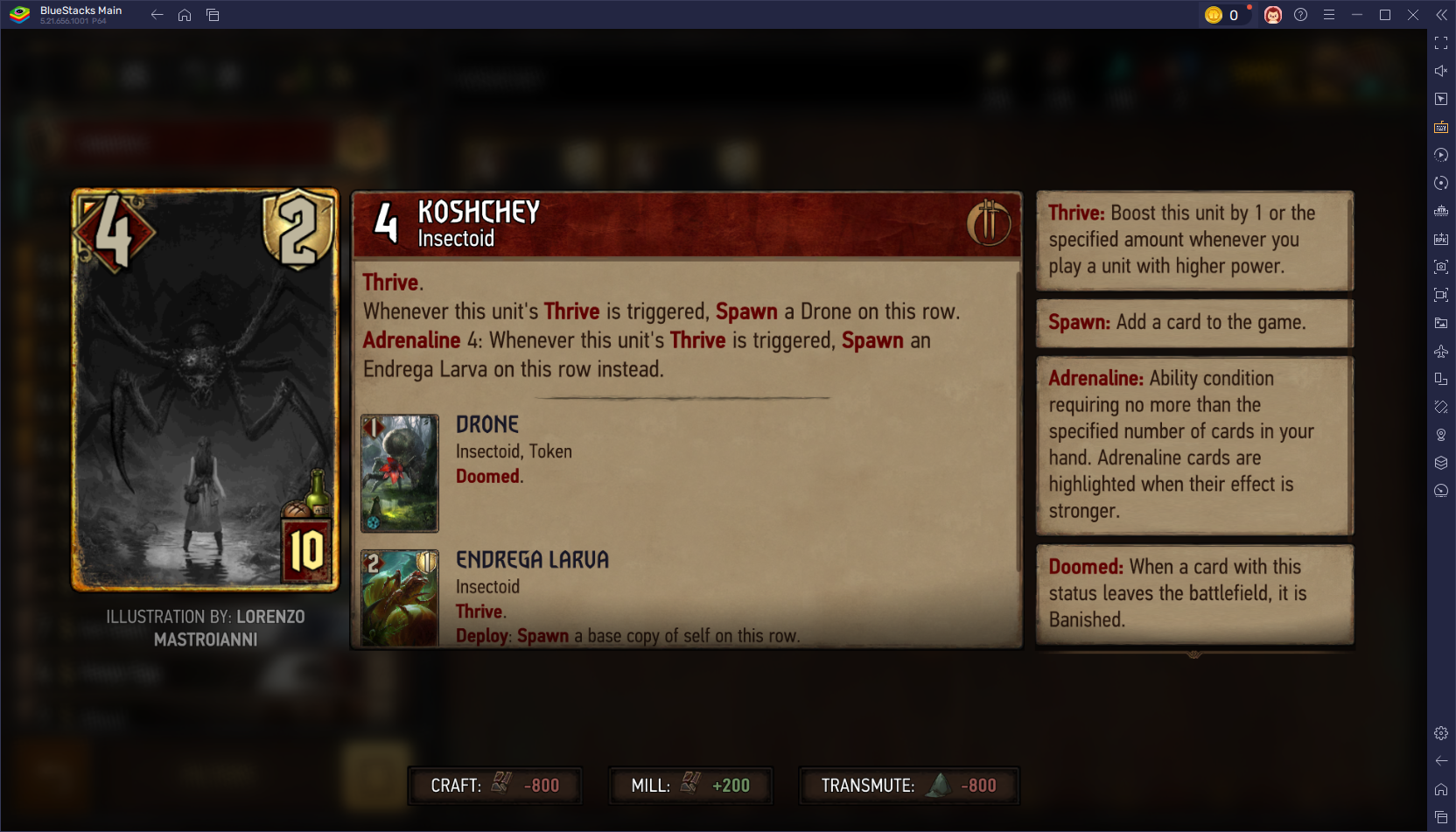"Nine Sols' Unique 'Taopunk' Style Distinguishes it in Souls-Like Platformers"
- By Ava
- Apr 22,2025

Nine Sols, a souls-like 2D platformer developed by Red Candle Games, is gearing up for an exciting launch on the Switch, PS, and Xbox consoles. In anticipation of the game's release, producer Shihwei Yang has shed light on what makes Nine Sols stand out in the crowded field of souls-like platformers.
Nine Sols' Unique Art and Combat Are Its Shining Megastars
Takes Inspiration From Eastern Philosophy and Gritty Cyberpunk
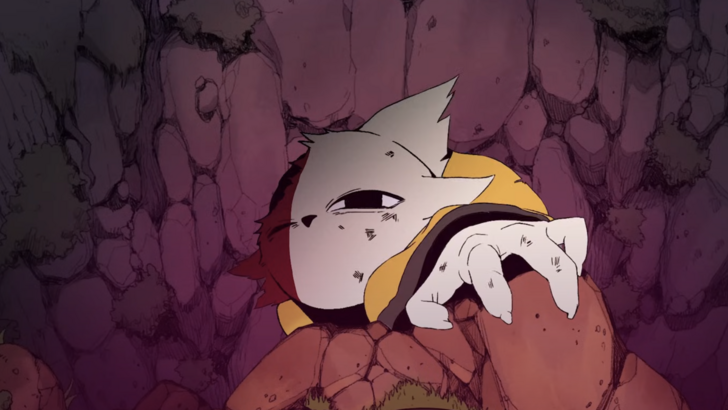
As the console release of Nine Sols approaches next month, co-founder and producer Shihwei Yang has discussed how Red Candle Games' souls-like platformer distinguishes itself from other titles released this year. The game's distinctiveness is rooted in its "Taopunk" concept, which merges Eastern philosophy, particularly Taoism, with cyberpunk aesthetics.
The visual and artistic style of Nine Sols draws heavily from the iconic 80s and 90s manga and anime such as Akira and Ghost in the Shell. These works, known for their futuristic settings, vibrant cityscapes, neon aesthetics, and the fusion of humans with technology, have significantly influenced the game's visual direction. "As fans of '80s and '90s Japanese anime and manga, cyberpunk classics like 'Akira' and 'Ghost in the Shell' were key inspirations for our art development," Yang explained. "These works shaped our approach to the visual style of Nine Sols, creating a blend of futuristic technology with an artistic flair that feels both nostalgic and innovative."
This artistic influence extends to Nine Sols' audio design. Yang noted that the game's soundscape is a unique blend of traditional Eastern music elements and modern instruments. "We aimed to create a distinctive soundscape by fusing traditional Eastern sounds with modern instruments," he stated. "This fusion gives Nine Sols an identity that sets it apart, evoking an atmosphere that feels both rooted in ancient traditions and futuristic."
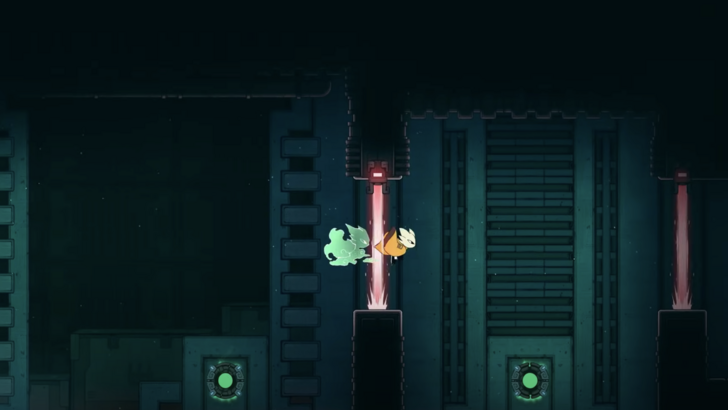
Beyond its audio-visual appeal, Nine Sols' combat system is where the Taopunk concept truly shines. Yang described the development process, saying, "We found our rhythm by integrating the philosophical ideas of Taoism with the gritty energy of cyberpunk. However, the gameplay posed a significant challenge, especially the combat system."
Initially inspired by indie titles like Hollow Knight, the developers soon realized this approach didn't fit Nine Sols' unique tone. Yang explained, "We didn't want to follow the path of other great platformers as it didn't align with our vision of creating a deflection-heavy 2D action game." The team found a new direction after being inspired by Sekiro's deflection system, but they chose to emphasize the quiet intensity and focus inherent in Taoist philosophy rather than aggressive countering. "Our combat system uses an opponent's strength against them," Yang elaborated.
Nine Sols features a combat mechanic that "rewards players for deflecting attacks and maintaining balance." Yang acknowledged the challenges of implementing this "deflection-heavy" style in a 2D game, stating, "It's a rarely explored mechanic in 2D, and it took countless iterations to perfect. After much trial and error, we finally got it right."
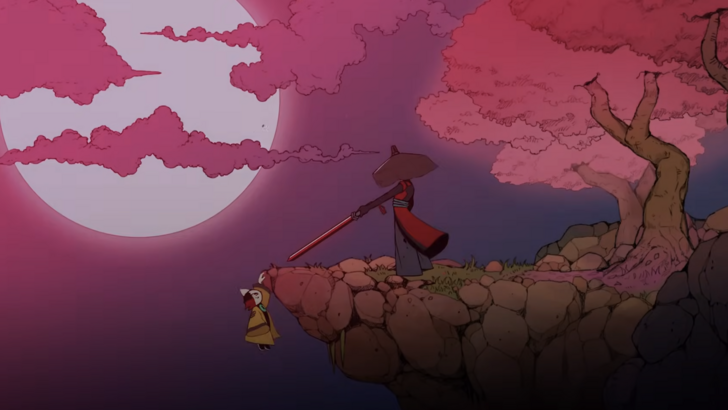
As the game's elements came together, the narrative naturally evolved to explore themes like nature versus technology and the meaning of life and death. "It felt like Nine Sols was carving out its own path, and we were merely guiding it as it found its voice," Yang reflected.
Nine Sols' innovative gameplay mechanics, captivating artwork, and intriguing story have left Game8 thoroughly impressed. For a deeper dive into our thoughts on Nine Sols, check out our full review linked below!
Latest News
more >-

-

-
- Star Wars Outlaws Coming to Nintendo Switch 2
- Dec 13,2025
-
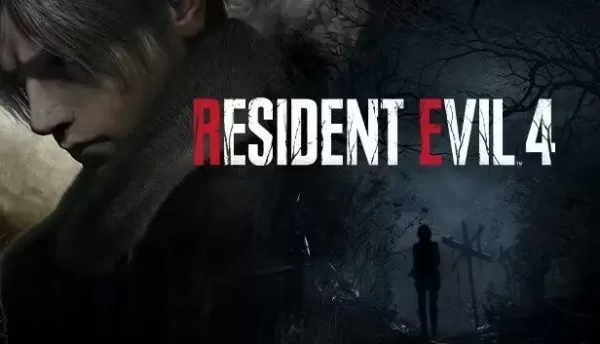
-
